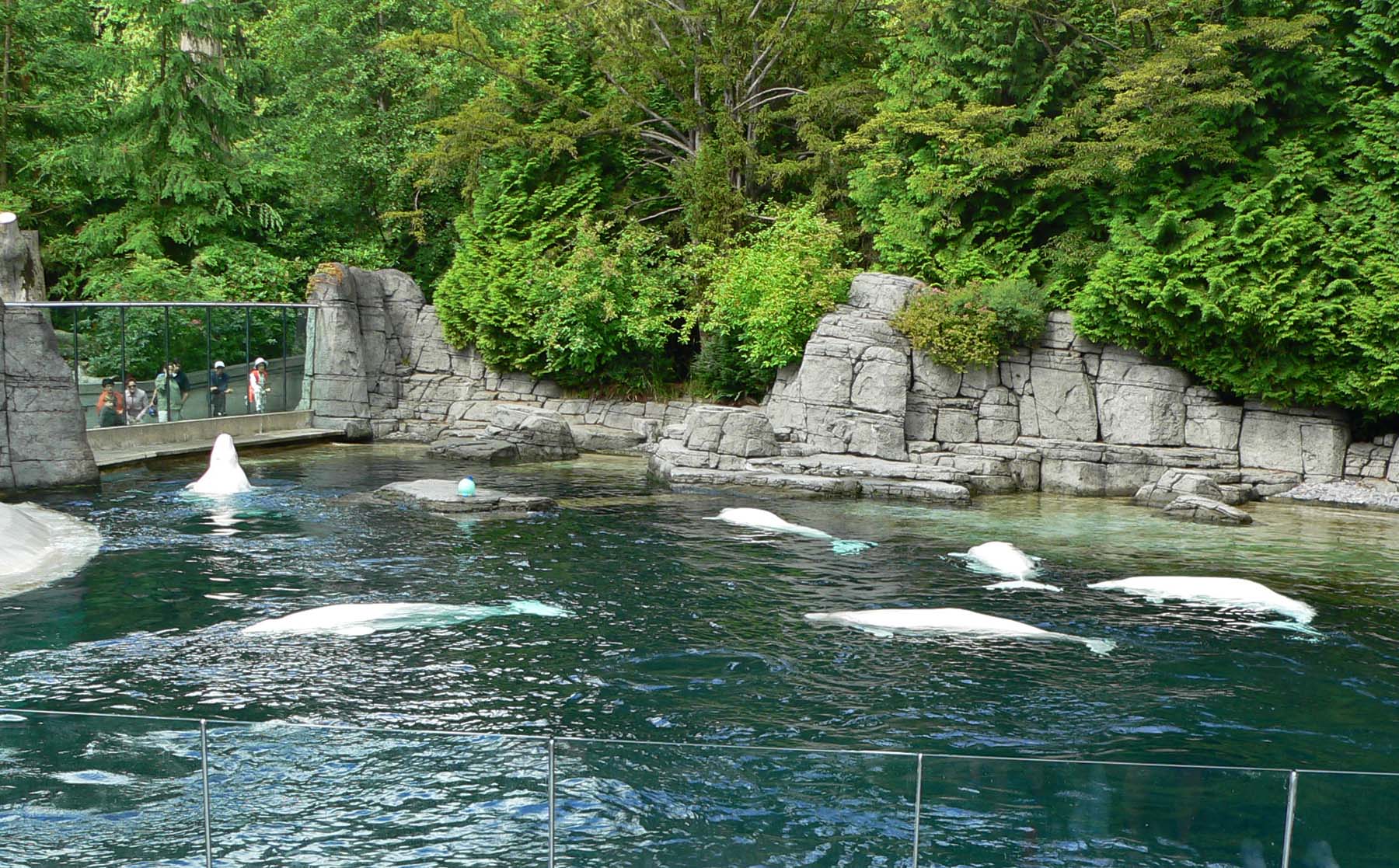Climate -
Throughout the year, most of the areas receive more than 1000mm of precipitation, over 300cm of snow, and severe weather conditions occur occasionally during the summer with tornadoes and thunderstorms.
Landform regions -
Quebec has 2 landform regions; Canadian Shield and Hudson Bay Lowlands. Most of Quebec is Canadian Shield and on a small part of western Quebec is Hudson Bay Lowlands.
Geography project
Monday, 26 September 2011
3 Places to Visit
1. Quebec Winter Carnival

The Quebec Winter Carnival is a winter amusement park usually held in February that includes attractions such as skiing, snow rafting, ice sculptures, and snow sled slides.
2. Old Montreal

Old Montreal; the oldest area in Montreal, Quebec, located in Ville-Marie and has over 500 boutiques, galleries, and gourmet shops.
3. Montmorency

Montmorency Falls is a large waterfall on the Montmorency River. The falls are the highest in the province and is 30m higher than Niagara Falls.

The Quebec Winter Carnival is a winter amusement park usually held in February that includes attractions such as skiing, snow rafting, ice sculptures, and snow sled slides.
2. Old Montreal

Old Montreal; the oldest area in Montreal, Quebec, located in Ville-Marie and has over 500 boutiques, galleries, and gourmet shops.
3. Montmorency

Montmorency Falls is a large waterfall on the Montmorency River. The falls are the highest in the province and is 30m higher than Niagara Falls.
3 Places to Visit
1. Othello Tunnels

Othello Tunnels; a quintet of railway tunnels located just past Hope, BC in Coquihalla Canyon Provincial Park.The tunnels were built in 1914 and links to the Hope-Nicola Cattle Trail
2. Yoho National Park

Located in the Candian Rocky Mountains in Southern British Columbia. "Yoho" comes from a Cree word meaning amazement. Yoho is the smallest of the four neighboring national parks, Jasper National Park, Kootenay National Park, and Banff National Park, covering 1,313 km² (507 mi²)
3. Vancouver Aquarium

The Aquarium is located in Stanley Park in Vancouver and has been open since June 15, 1956. It is the Canada's largest public aquarium and one of the five largest in North America.

Othello Tunnels; a quintet of railway tunnels located just past Hope, BC in Coquihalla Canyon Provincial Park.The tunnels were built in 1914 and links to the Hope-Nicola Cattle Trail
2. Yoho National Park

Located in the Candian Rocky Mountains in Southern British Columbia. "Yoho" comes from a Cree word meaning amazement. Yoho is the smallest of the four neighboring national parks, Jasper National Park, Kootenay National Park, and Banff National Park, covering 1,313 km² (507 mi²)
3. Vancouver Aquarium

The Aquarium is located in Stanley Park in Vancouver and has been open since June 15, 1956. It is the Canada's largest public aquarium and one of the five largest in North America.
Climate Characteristics
Winters on the coast are temperate, however most of British Columbia’s interior has freezing temperatures and snow fall from November to March. In July on the south of BC, temperatures can be higher than 30°C and on the coast, temperatures range from 22°C to 28°C. The annual rainfall 217.9 mm
Natural Vegetation
Coniferous - A type of forest with needle-like leaves and cones (British Columbia, Alberta, Quebec)
Prairie - A large open area of grassland (Alberta)
Tundra - A flat, treeless region (Quebec)
Prairie - A large open area of grassland (Alberta)
Tundra - A flat, treeless region (Quebec)
Climate Characteristics
In Alberta, the temperature in January can change rapidly, it can go from −8°C in South Alberta to −24 °C in Northern Alberta. In July, it is around -24°C in Southern Alberta and around 16°C in Northern Alberta. The anuual rainfall ranges from 300mm (South Alberta) to 450mm (North Alberta)
Soils
Brown Earths - most common vegetation types are deciduous, and grassland (Quebec)
Mountain - large, steep hills (British Columbia and Alberta)
Podzols - develops under coniferous or health vegetation in cool climates (British Columbia, Alberta, and Quebec)
Tundra - low growing vegetation such as mosses and shrubs; subsoil is permanently frozen (British Columbia and Quebec)
Mountain - large, steep hills (British Columbia and Alberta)
Podzols - develops under coniferous or health vegetation in cool climates (British Columbia, Alberta, and Quebec)
Tundra - low growing vegetation such as mosses and shrubs; subsoil is permanently frozen (British Columbia and Quebec)
Subscribe to:
Posts (Atom)